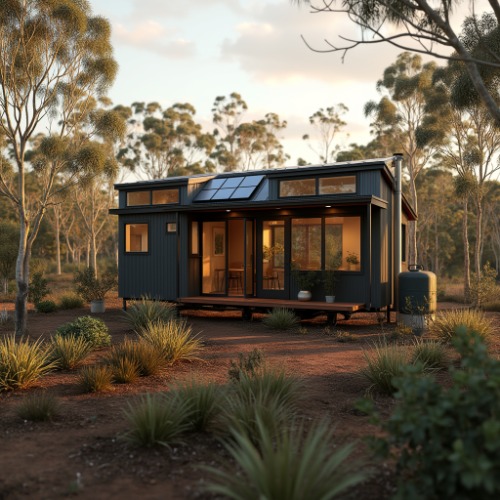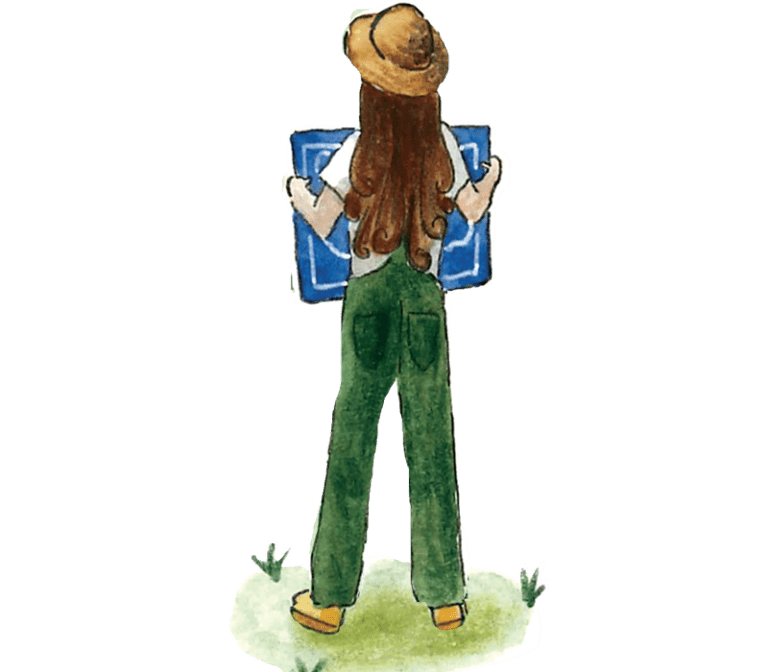You might’ve seen the term solarpunk floating around more lately—but what does it actually mean, especially here in Australia?
At its heart, solarpunk is a hopeful response to climate change and overconsumption. It’s not just a look or an aesthetic (though let’s admit, the vines, curved rooftops, and warm golden light are stunning). It’s a vision for a future that works with nature rather than against it. One where technology supports life, not controls it. And where community, creativity, and sustainability are the foundation—not the fringe.
In an Australian context, solarpunk feels like rain tanks, veggie gardens, and power from the sun. It looks like bushfire-conscious design, food forests that support wildlife, and tiny homes tucked between eucalypts. It’s community compost hubs, edible nature strips, and unplugged evenings under the stars. It’s the belief that even in the face of uncertainty, we can choose differently. And we can do it beautifully.
You don’t need to go off-grid to live solarpunk. You just need to start shifting your systems—step by step—toward harmony. Grow your own food, even if it’s in pots. Harvest rainwater. Invest in solar. Choose natural materials. Share with neighbours. Learn local plant species. Question the convenience of disposable culture. Build things that last.
Solarpunk isn’t about being perfect. It’s about being intentional. And optimistic. And bold enough to believe we can design something better, right here, right now.
At Greenstead, we’ve embraced solarpunk as more than an idea. It’s a practice. We build soil. We use the sun. We tread lightly. And we welcome others to do the same in whatever way they can.
So next time you hear the word, don’t overthink it. Think: What would the future look like if we truly cared for each other and the land? Now start living that.




